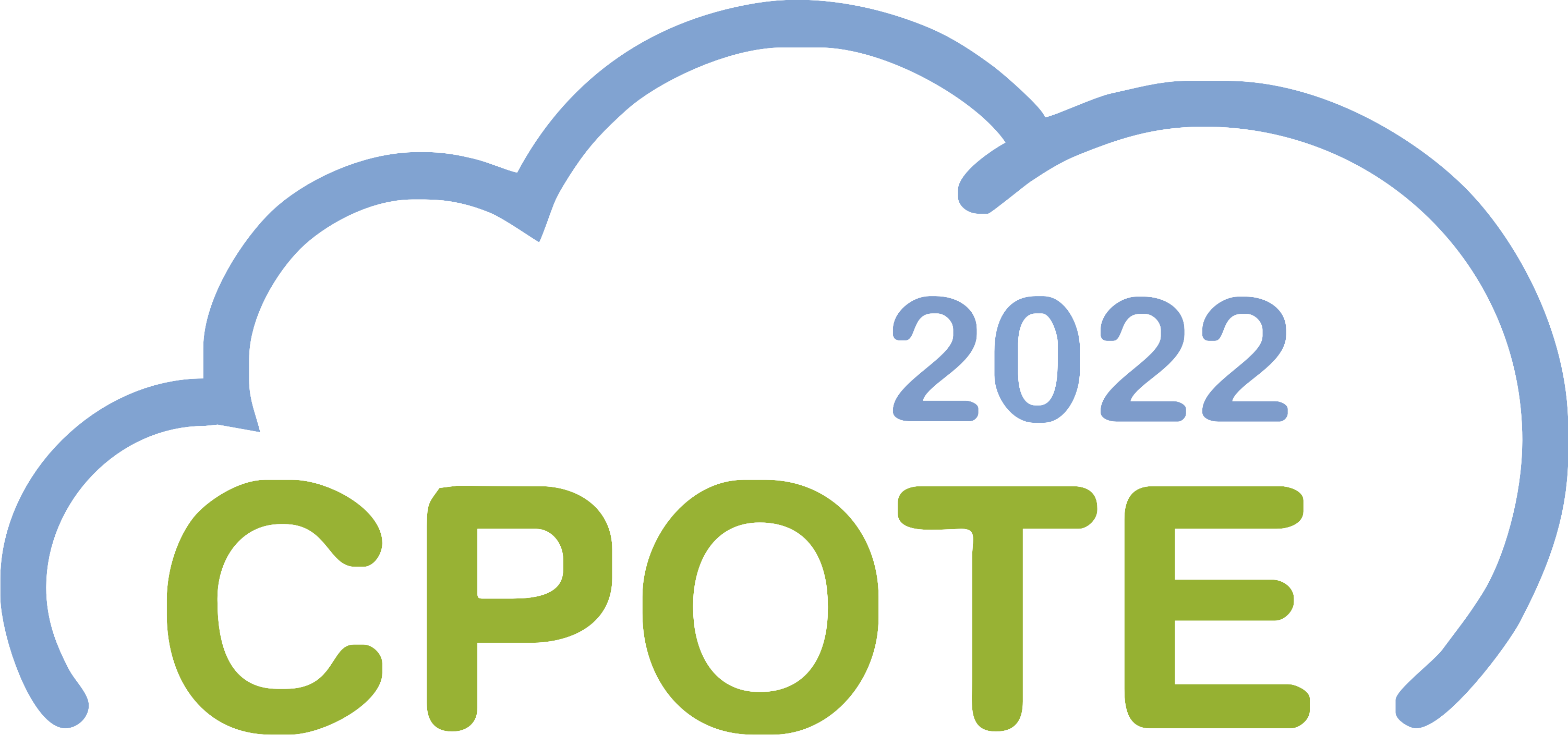
CPOTE2022
7th International Conference on
Contemporary Problems of Thermal Engineering
Hybrid event, Warsaw | 20-23 September 2022
7th International Conference on
Contemporary Problems of Thermal Engineering
Hybrid event, Warsaw | 20-23 September 2022
Abstract CPOTE2022-1048-A
Book of abstracts draft












Thermochemical processing of waste materials towards production of new value-added products according to circular economy concept
Agata MLONKA-MĘDRALA, AGH University of Science and Technology, PolandMałgorzata SIERADZKA, AGH University of Science and Technology, Poland
Wojciech KALAWA, AGH University of Science and Technology, Poland
Ningbo GAO, Xian Jiaotong University, China
Piotr JEDYNAK, AGH University of Science and Technology, Poland
Aneta MAGDZIARZ, AGH University of Science and Technology, Poland
Thermochemical processing of waste materials is an effective way for waste generation minimization together with the production of new value-added products. Such technologies subscribe into circular economy concept, one of the main pillars of the European Green Deal which is EU plan to make the European economy more sustainable. One of the challenges is proper upgrading and management of industrial process by-products.
In this study thermal processing of four selected waste materials: waste biomass, RDF produced from municipal waste, RDF produced from industrial waste, and shredded tires were analysed. First, the chars were produced using the pyrolysis process of raw feedstock. Next, the chars upgrading was obtained by steam gasification to develop the active surface area and produce activated carbon from waste materials. The main problem associated with such a product is its high contamination with heavy and alkali metals. However, contaminated activated carbon might be used with success in adsorption chillers in working pair with methanol. Extended sorption tests using the nitrogen adsorption method, and dynamic vapor sorption measurements with methanol were performed to determine the sorption properties of the produced activated carbons. The morphology of the samples was analysed using a scanning electron microscope. The thermal behaviour was analysed using simultaneous thermal analysis. Well-developed porous structure, resulting in promising methanol uptake was noticed for activated carbon derived from RDF. Good sorption and thermal properties make these new value-added products good candidates for sorption chiller adsorbent used in working pair with methanol.
Keywords: Active carbon, Adsorption chiller, Avoiding waste, Thermal conversion, Circular economy
Acknowledgment: This project received funding from the European Union’s Horizon 2020 Research and Innovation Programme under a Marie Skłodowska-Curie grant (No 823745) and was partly supported by program "Excellence initiative – research university" for the AGH University of Science and Technology.